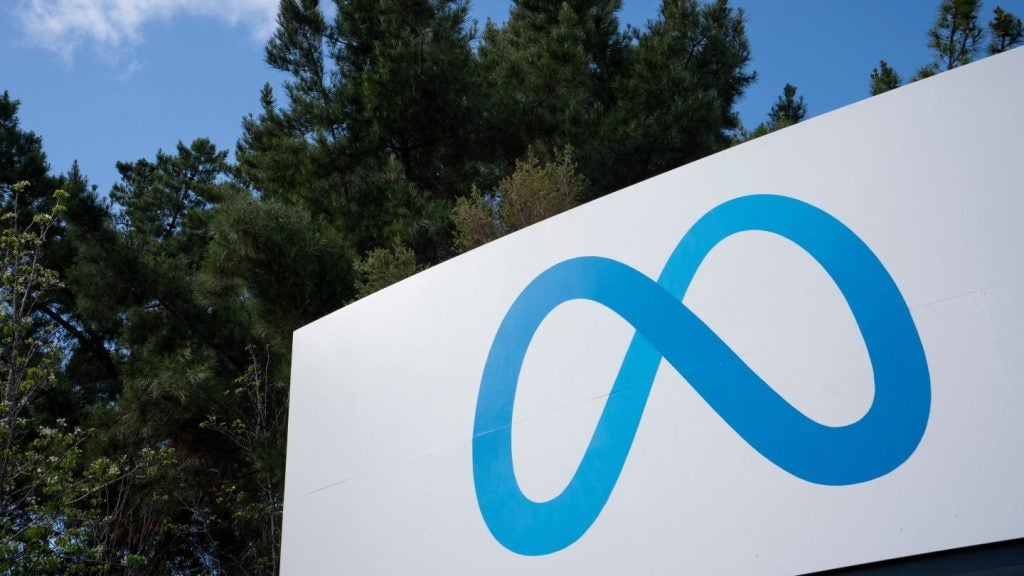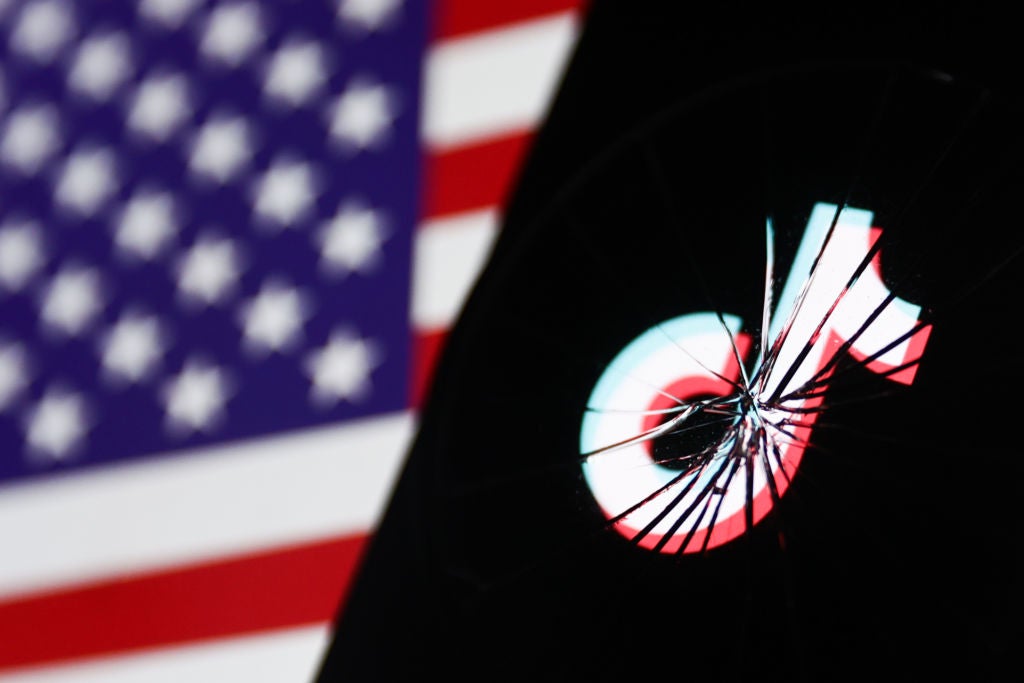Eastman Kodak has patented a method for creating flexographic printing plates. This process involves defining a repeating tile with various feature shapes in pseudo-random locations, which is then used to form a plate pattern corresponding to image regions, ensuring precise control over the depth of raised features. GlobalData’s report on Eastman Kodak gives a 360-degree view of the company including its patenting strategy. Buy the report here.
According to GlobalData’s company profile on Eastman Kodak, was a key innovation area identified from patents. Eastman Kodak's grant share as of June 2024 was 70%. Grant share is based on the ratio of number of grants to total number of patents.
Method for fabricating flexographic printing plates with raised features
The patent US12044970B2 outlines a method for fabricating a flexographic printing plate designed to print image patterns with uniform regions. The process begins with receiving an image pattern and determining a repeating tile that will form a pattern of raised features in the flexographic plate. This involves defining a tile size of at least 100 square pixels and selecting a variety of feature shapes, which are arranged in pseudo-random locations within the tile. The method includes a systematic approach to ensure that the average depth of the raised features meets specified criteria, utilizing a model of the plate formation process to iteratively adjust the number of feature shapes until the desired depth is achieved. The method also allows for the identification of uniform image regions through automated analysis of the image pattern.
Additionally, the claims detail various parameters for the feature shapes, including their sizes and arrangements, as well as the techniques for transferring ink to the flexographic plate. The ink transfer can be accomplished using an anilox roller or a slot-die, with specific requirements regarding the size of anilox cells relative to the spacing of the raised features. The method also addresses the formation of border regions around the uniform image areas, which may feature different patterns or solid borders. The flexographic printing plate can be created through imaging systems or laser ablation, ensuring that the final product accurately represents the intended image pattern, which may include functional device patterns.
To know more about GlobalData’s detailed insights on Eastman Kodak, buy the report here.
Data Insights
From

The gold standard of business intelligence.
Blending expert knowledge with cutting-edge technology, GlobalData’s unrivalled proprietary data will enable you to decode what’s happening in your market. You can make better informed decisions and gain a future-proof advantage over your competitors.







